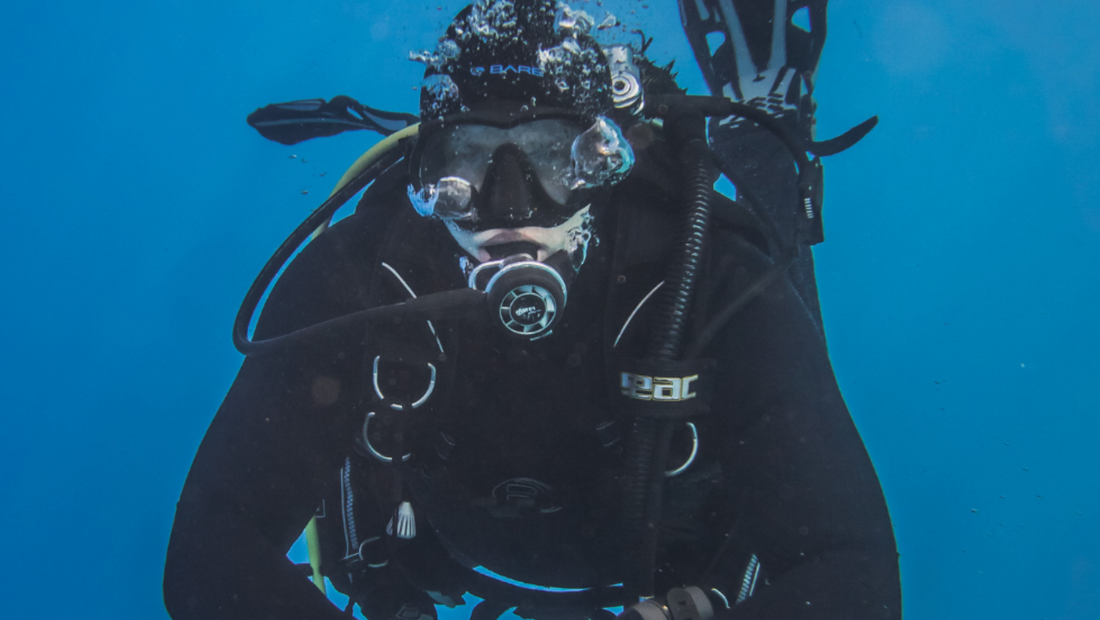As a professional scuba diver, I understand the importance of maintaining your scuba gear to ensure safe and enjoyable dives. Proper cleaning, storage, and maintenance can help extend the life of your equipment, prevent malfunctions, and ensure peak performance underwater. In this blog, I'll offer some tips for keeping your scuba gear in top condition.

-
Rinse Your Gear After Each Dive
One of the most important steps in maintaining your scuba gear is to rinse it thoroughly after each dive. Salt water, sand, and other debris can cause corrosion and damage to your equipment if left unchecked. To rinse your gear, simply use fresh water and a hose or shower head to wash away any salt, sand, or other debris. Pay particular attention to your regulator, BCD, and wetsuit, which can all trap salt water and sand if not properly rinsed.

-
Dry Your Gear Completely
After rinsing your gear, it's important to dry it thoroughly before storing it. Moisture can cause mildew, mold, and corrosion, which can all damage your equipment over time. Hang your wetsuit, BCD, and regulator in a well-ventilated area, away from direct sunlight, to allow them to dry completely. Use a towel or cloth to dry any remaining moisture from your gear, particularly in the crevices of your regulator.

-
Store Your Gear Properly
Storing your scuba gear properly can help prevent damage and prolong its lifespan. Store your gear in a cool, dry place, away from direct sunlight and any sources of heat. Hang your wetsuit, BCD, and regulator in a closet or on a hanger to help them maintain their shape. Store your tanks upright, with the valve closed, and away from any sharp objects or sources of heat.

-
Perform Regular Maintenance
Regular maintenance is essential to keeping your scuba gear in top condition. Check your regulator, BCD, and tanks before each dive to ensure they are functioning properly. Follow the manufacturer's instructions for maintenance, including cleaning and lubricating your regulator, replacing o-rings, and checking for any signs of wear or damage. Keep a log of your maintenance activities to help you stay on top of your equipment's needs.

-
Replace Your Gear When Needed
Even with proper maintenance, scuba gear will eventually wear out and need to be replaced. Regularly check your gear for signs of wear or damage, such as cracks, tears, or corrosion. Replace any damaged or worn gear as soon as possible to prevent any potential malfunctions or safety issues while diving.
In conclusion, maintaining your scuba gear is essential for safe and enjoyable diving. By following these tips for cleaning, storing, and maintaining your equipment, you can help extend its lifespan, prevent malfunctions, and ensure peak performance underwater. Remember to always follow the manufacturer's instructions for maintenance, and to replace any damaged or worn gear as soon as possible. Happy diving!
Check out our newest Rashguards





1 comment
agree and well said on maintenance issue perfectly enumerated, thanks for the tips admin